It’s Episode #2: The upside of suffering… sort of. Let’s just get in there, shall we? Suffering. This is not a breezy pick-me-up podcast for the morning (or maybe it is). It’s gritty. I hope it’s meaningful. I know it’s necessary. Because we can’t get to the light, until we understand the suffering.
Some highlights from Episode 2 of LIGHT WORK:
-
The 3 types of suffering (knowing what you’re experiencing is key to liberation).
-
Everyday suffering—the slog, the general malaise, the greyness.
-
Interconnected suffering—the feeling a lot of us have because of the agony in the world.
-
Brutal tragedy-type suffering—seemingly insurmountable circumstances, violations, and losses.
-
-
How some New Age perspectives on suffering utterly fail us, invalidate us, and keep us from liberation.
-
My damn the man retelling of the Princess and the Pea story that illustrates how to keep moving forward when the day-to-day takes it out of you.
See you in the Light,

. . . . .
The Princess and The Pea
A retelling… sans patriarchal BS.
Let me set this up with a question from Melissa:
“I live in the US. For me, it feels like life is one big roller coaster right now with lots of highs and lows, twists and turns. It feels like the reality I lived in my entire life has been shaken up and strewn all over the place in a million pieces because of the morally deficient narcissist at the top of our country… I go to the lowest lows where I am so drained by the constant barrage of horrifying news that I have no energy. I feel hopeless. I want to make a difference, but I feel so overwhelmed about where to start. How do you keep moving your life forward when the day-to-day takes everything out of you?”
Melissa, there are a gazillion (at least) women who are nodding their heads. So many of us feel this way…
Let’s talk about The Princess and The Pea. There are many versions, but the one that I grew up hearing was from Hans Christian Andersen. I’ll just preface this by saying: this story really pisses me off. It’s the story of a prince who is looking to marry a princess, but he’s having a hard time finding a suitable royal chick—there’s always something wrong with somebody he meets. He can never really ascertain if they’re, like, a “real” princess (to which I wanna say every woman is a real princess, but alright). So… they have bad manners, they’re not gorgeous enough for him, whatever…
One dark and stormy night, a young woman shows up at his door. It’s been raining, so she’s drenched. She’s looking for shelter. There’s a mother on the scene, the prince’s mother, and she decides to test the princess. Now, how this is written is that they’re going to test their unwitting guest by placing a pea in her bed. That pea is covered by 20 mattresses, and 20 feather beds. Of course, we all know how the story ends by how the story begins… The princess wakes up in the morning. She’s had a terrible time sleeping because she’s been bruised by something in her bed, and the prince rejoices. He’s found a real deal princess who’s sensitively legit.
When I was a girl and I first heard this story, I looked down upon the princess. I used to think that she was oversensitive, that she was being what the nuns in my school would call “persnickety”. In Andersen’s version of the story, what’s really happening here is that the patriarchal mindset has co-opted the term “princess” to trip us up on our way to becoming the queen.
I didn’t realize that this was a story about giftedness, about the divine order of deep sensing. I think if this princess were in another fable, she’d be a wolf that was able to see the farthest in the dark. If this princess were in 2018, she’d be a feminist who could cut through bullshit.
I’d like to reread this story to millions of children: we all have the sensitivity and it’s our strength. The reward isn’t the prince; you don’t get let into somebody else’s castle. The reward is the capacity to see, to know who you really are.
This brings us back to suffering. You see, there is suffering in the sensitivity. It hurts to feel. And we’re raised to strive—to desensitize—and it’s killing us. I think the strength is in opening. That opening to feel is where resiliency is born.
Listen to the rest of LIGHT WORK, Ep. #2 HERE.
![[LIGHT WORK] The upside of suffering… sort of.](https://httpsolddaniellelaportecom.kinsta.cloud/wp-content/uploads/2018/05/Danielle-LaPorte-upside-of-suffering.png)





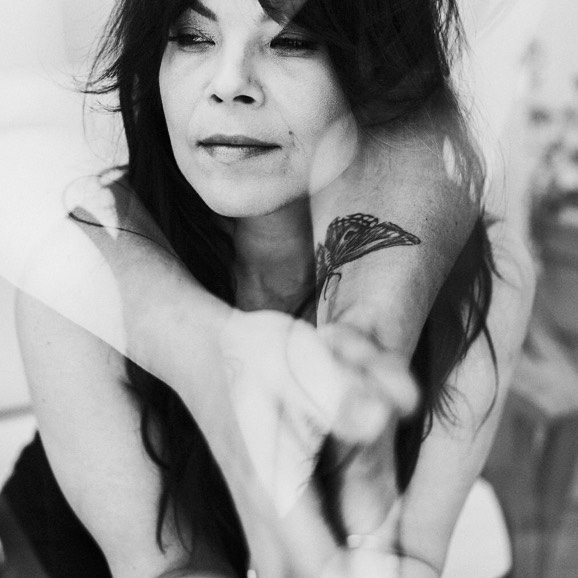
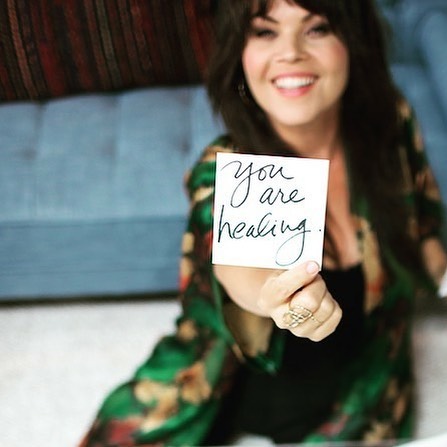
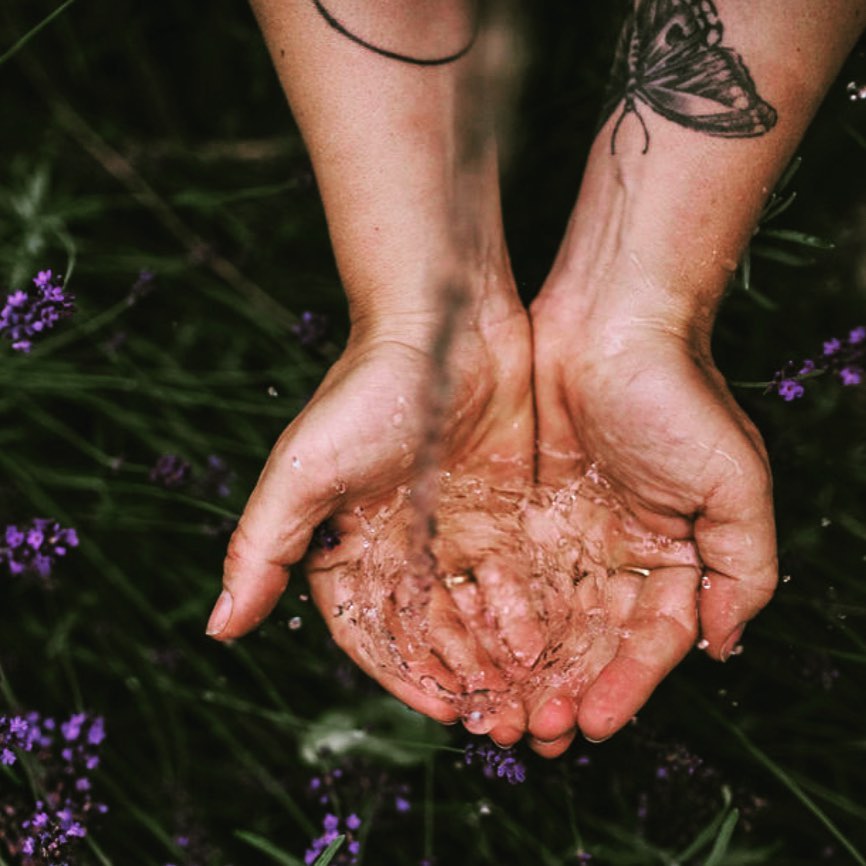


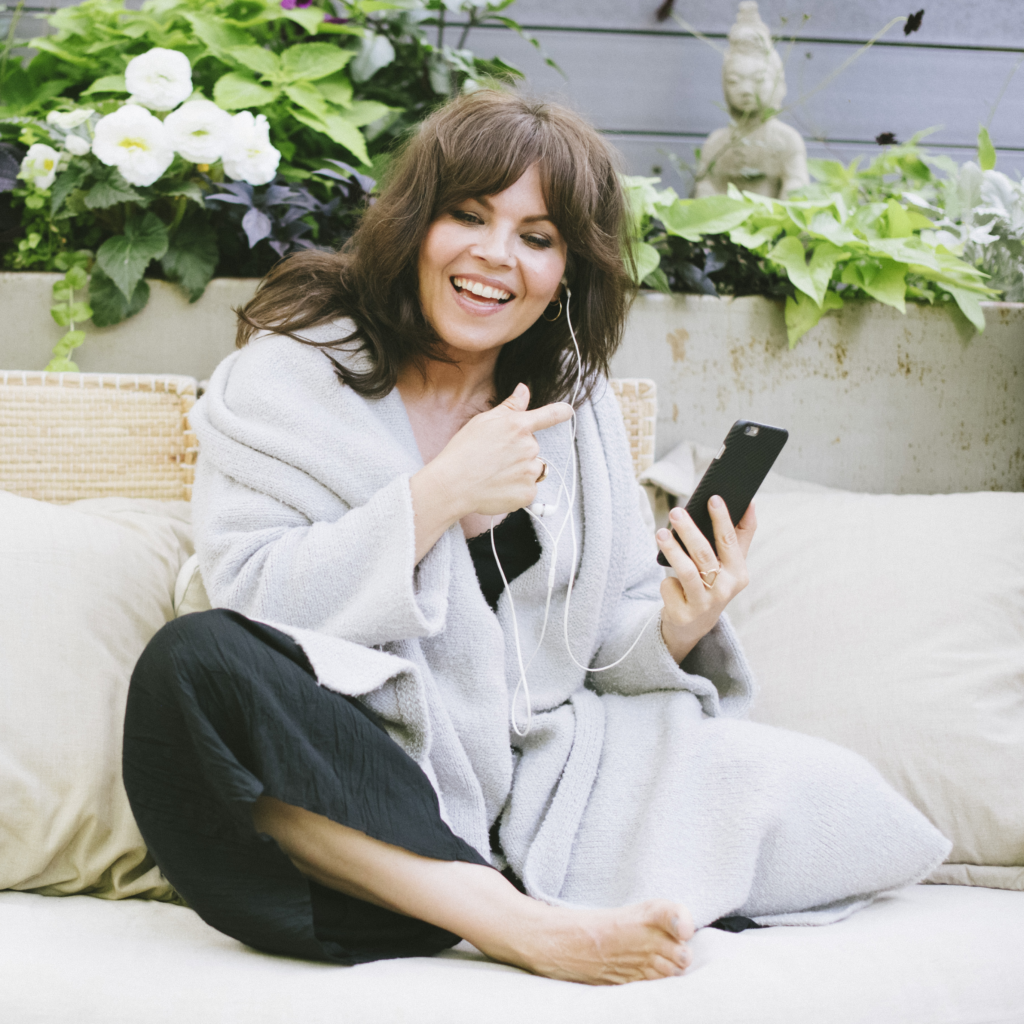
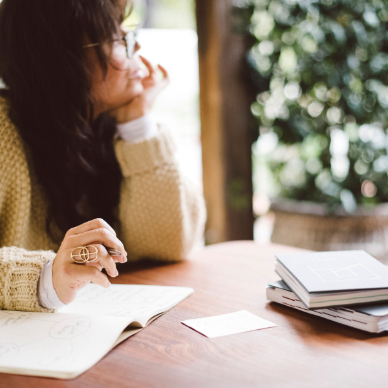
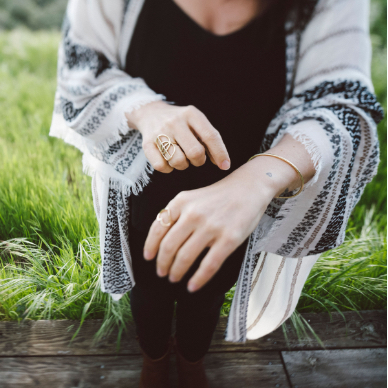
Recent Comments